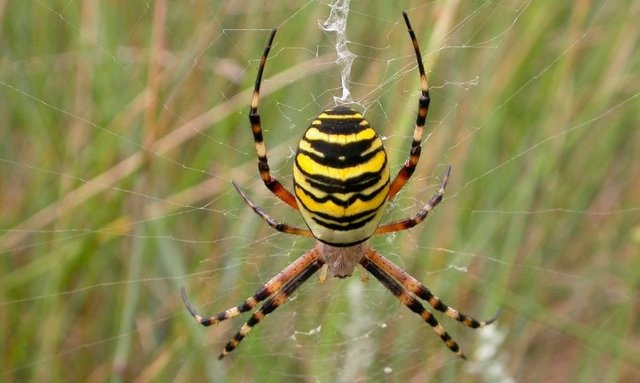Spiders use electricity to fly
Spiders use electricity to fly
They detect atmospheric electricity and use it to rise, thanks to long silk threads, although there is not the slightest breeze.

Although only 0.1% of spider species are dangerous to humans, most of them are afraid of them. Now, a team of scientists from the University of Bristol (England) has discovered a fascinating quality of small arachnids. And is that the aerodynamic capabilities of spiders have intrigued scientists for hundreds of years. Charles Darwin himself reflected on how hundreds of creatures managed to perch on the Beagle on a calm day at sea and then take off from the ship at high speeds on a windless day. "Darwin's observation, however, did not provide more evidence for support," the authors comment.
Scientists have attributed this flying behavior of these wingless arthropods to "balloon flight," where spiders can travel thousands of kilometers releasing traces of silk that propel them up and out in the wind. However, when there is no wind, cloudy days or even rain, how do the spiders take off when they have such low levels of aerodynamic drag?
Researchers have discovered that spiders are expert navigators of air electricity. The electric fields that they detect thanks to a few hairs in their legs, provide them elevation: they raise the abdomen, 'they put on tiptoe' and release a silk thread in order to let themselves be carried away by the atmospheric electricity, even without the slightest breeze.
"When you think of organisms transported by the air, spiders do not usually come to mind," explained researchers Erica Morley and Daniel Robert of the University of Bristol, in the study published in the journal Current Biology. "However, these wingless arthropods have been found 4 kilometers in the sky, dispersing for hundreds of kilometers."
They travel through the gradient of atmospheric potential, an electrical circuit between the Earth and the ionosphere, the part of the upper atmosphere of the Earth ionized by solar radiation. Thunderstorms act as a giant battery for this gradient of atmospheric potential, charging and maintaining electric fields in the atmosphere.
In 2013, a different group of researchers presented a theory that electric fields could be at least part of the spider's expansion strategy, and Morley and Roberts were interested in seeing if spiders really responded to electric fields and their spheres. fluctuations.
They caught spiders of the genus Erigone (present in America, Eurasia, Africa and Oceania), some spiders of a very small size and arranged them for several controlled experiments. In one of them they created a light breeze; in another they eliminated it, but they added an electric potential similar to that which exists in the atmosphere. In this way, turning on and off the artificial electric field they discovered that the spiders swelled when the field was on, and the electrostatic forces of the field alone were enough to drive their movement; It is the same force that lifts your hair if you rub a balloon over your head. When the researchers turned off the electric field, the spiders came down.
In this way, insects can detect both the gradient of atmospheric potential and the electric fields surrounding the matter. This is due to sensory hairs (tricobothria) that move in response to the electric field, which researchers believe is what spiders use to detect the gradient of atmospheric potential.
Although science has taught us a lot, this type of studies shows how much remains to be learned about the tricks that spiders have with their eight tiny legs.
amazing..